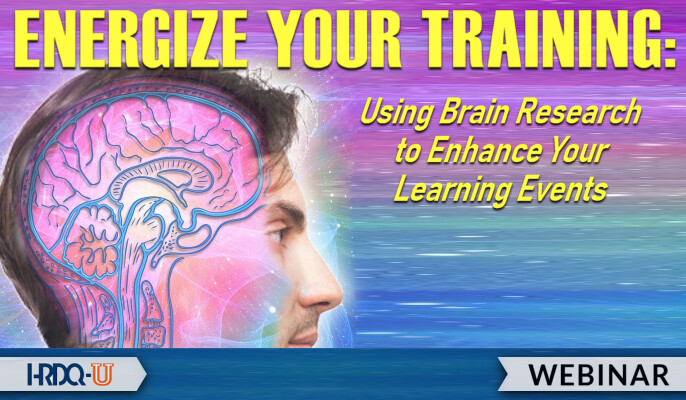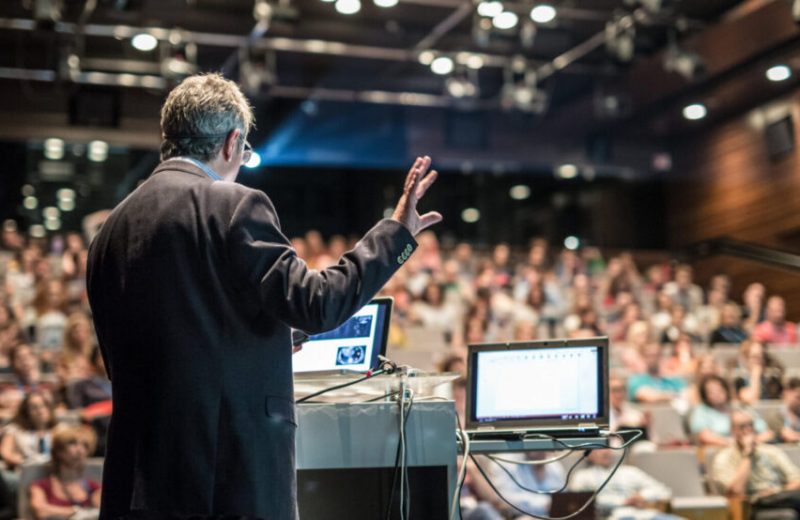According to brain-based theory, learning is an active process in which challenges, ambiguity, and situations encouraging creativity are presented using accelerated learning strategies that engage participants. Everything from the learning environment to personal actions impacts participants. Questioning, problem-solving, ongoing interaction, and feedback are key elements of the process.
It is best when learners are also encouraged to make associations between their current knowledge and skills while forming new patterns of thinking and making connections. Such links are made through stories, analogies, metaphors, examples, relevant jokes, and various interactive techniques. Additionally, in brain-based learning environments, instruction and materials must be learner-centered and delivered in a manner that is fun, meaningful, relevant, and personally enriching. There must also be time built in for learners to process and assimilate what they experience so that they can make mental connections and master content.
Because of the brain’s ability to multitask or process many pieces of stimuli simultaneously on different levels, you should remember that using a traditional structured or linear approach to training can be a learning disaster. Applying a delivery technique that involves a rigid step-by-step presentation of concepts or ideas can lead to participants becoming disengaged, bored, or distracted. They will also likely view time spent in a training event as being wasted and unproductive. Instead, look at a brain-based approach that taps into brain research and the application of what is referred to as accelerated or experiential training techniques. Among others, brain-based learning environments typically include the use of color, sound, smell, light, music, motion, movement, repetition, reward, and engagement.
Addressing Learning Modalities
Of the five human senses, there are three primary learning modalities (sometimes referred to as styles) that are used to gather information and transmit it to the brain for processing. These are visual (seeing), auditory (hearing) and kinesthetic (doing). Most people have a primary and secondary preferred modality that they use. Some research indicates that 0-65% of learners are visually dominant, 25-30% are auditory, and 5-15% are kinesthetic. If you can discover the preferred modalities of your learners and provide content in formats that aid their learning your training will be more successful. When designing your own programs, you should continually alternate between the three modalities. If you do not know your preferred style(s), you can do an informal style assessment.
















